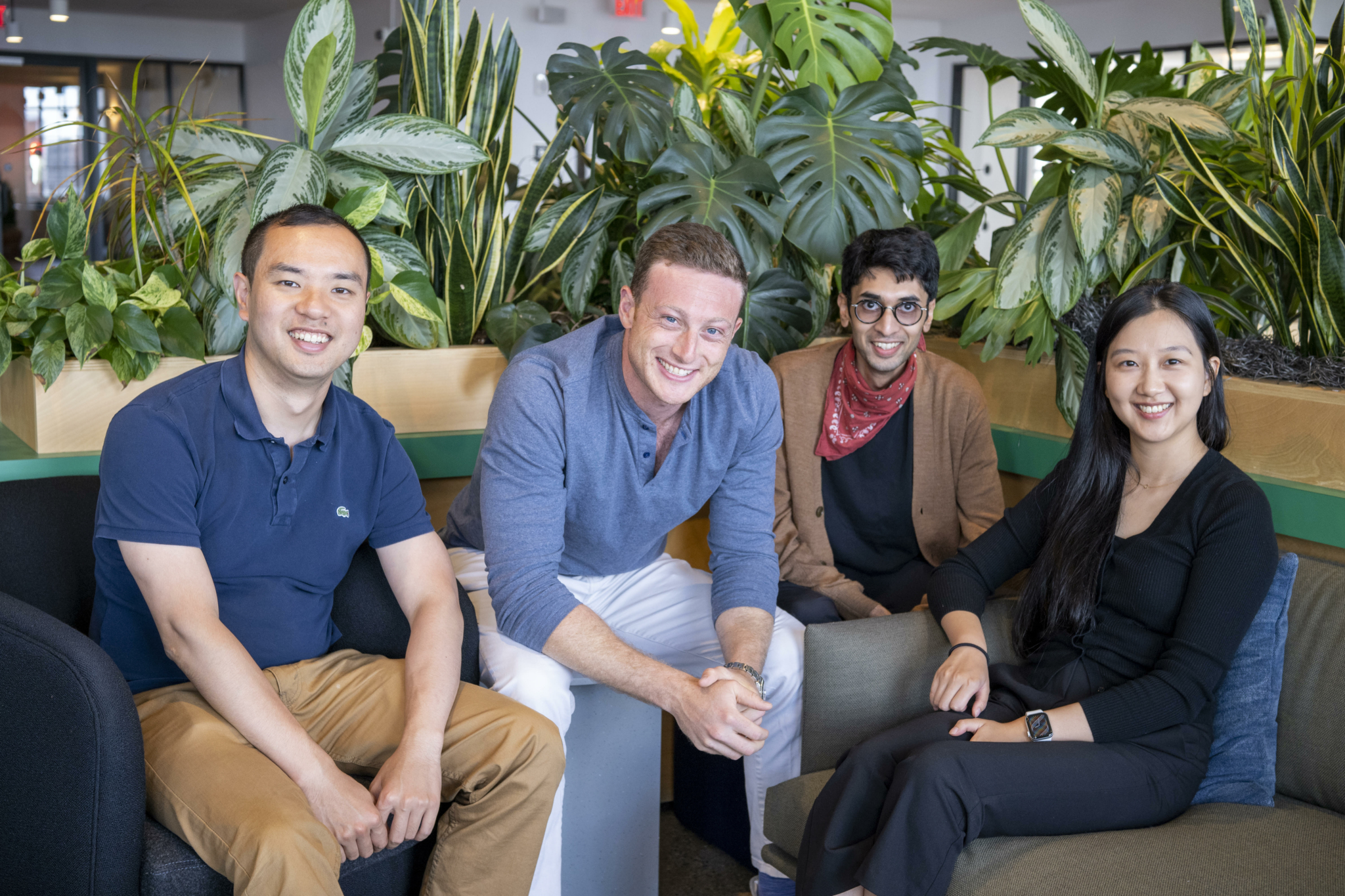Building occupiers and brokers are trying to adapt to the unprecedented changes forced upon them by the pandemic. The workplace has changed for good. Long-held strategies are being ripped up. As new structures for the world of work are conceived, companies are thinking not just about cost and portfolio—they also want data on workplace usage to help plot the most efficient and sustainable path ahead.
In a recent webinar, William Sandford, senior director of business development at WeWork, spoke with Armen Vartanian, SVP of global workplace services at software company Okta, and Sam Hocking, cofounder and president of Vertis, about ways remote companies can better utilize data to structure their workplaces as we enter 2022. Here are some of the takeaways from that conversation.
Employee experience is more important than ever
Securing the right office space has become about more than just making sure square footage and location needs are met, both speakers agreed. Vartanian said roles like his need to be expanded to keep up with business and employee demands in a dynamic environment.
“Because of the importance of employee experience, now more than ever with the backdrop of the pandemic and the great resignation, along with a more distributed hiring framework, employee experience is layered into the areas that all leaders should really be focused on,” Vartanian said.
Whereas Okta’s workforce used to be about 30 percent remote pre-pandemic, Vartanian said that hiring in markets outside of office locations is now close to 60 percent. The challenge, he noted, is making sure companies hire thoughtfully when it comes to geo-locations. “If your organization values face-to-face interactions so that people are aligned to your culture and feel a sense of connectivity to the organization and a sense of belonging, while still maintaining flexibility, you have to have some strategic plan in place around where you hire,” he said.
Leaders are building strategies by looking more at employee engagement and utilization, rather than at cost, said Sandford. “Increasingly, workplace decisions are being made by a quorum of leaders across business, finance, and people functions to ensure these goals are met through new attendance models,” he said.
More informed decisions, happier employees
Hocking of Vertis has noticed a marked shift in many businesses’ operating models—and is ready to help facilitate that shift with data.
“Data can help you map where your employees are,” he said. “Then you can think about what kind of real estate resources do we have to have in place in these areas? Do we need to have a flexible strategy with WeWork? What are our long-term requirements?”
But that’s only the first step, Hocking said. “Then you can classify people based on what they’re doing—whether they are remote, hybrid, or full-time,” he continued. “As you get more and more of this data, you can visualize it and create analytics, which in turn helps decide your strategy.”
Because of the importance of employee experience…[it] is layered into the areas that all leaders should really be focused on.
Armen Vartanian, SVP of global workplace at Okta
Okta, like most companies, evaluates cost of living and cost of real estate data points, but also looks at data around things like employee migration patterns, Vartanian said. These are things like “where engineers are actually coding from in different regions. Having these unique sets of data helps us be strategic in what the flexible hiring model looks like.”
Before the pandemic, companies weren’t too worried about where everybody lived, Hocking pointed out. Now it’s different. Companies are really thinking about whether having offices closer to their employees would encourage those employees to come into the office more. The pandemic has also made businesses rethink how office spaces are designed and used in general.
“You have a better opportunity to shape the way you hire, where you hire, and the way you design your spaces,” Vartanian said. “You have to consolidate hires in different markets and put together opportunities for those people to come together on an occasional or regular basis,” he said. That environment should not only be sustainable but also drive a sense of community, collaboration, and relationship development.
“While many of our customers align with Okta’s view on the evolving relationship between talent and the workplace, only a few have a clear path to get there,” Sandford said. “Thoughtfully testing new modes of work across markets, business units, or companies will allow companies to gather the data they need to create a competitive and collaborative work environment over the coming years,” he added.
Creating space for everyone—in the way they need it
Okta, which is a WeWork All Access member, saw increasing foot traffic in its offices at the end of last year. The company has been transitioning to a more flexible, dynamic design that’s centered around “neighborhoods”—a smattering of desks allocated to specific teams for the past few years.
“We apply ratios to those because we know people aren’t going to be coming in every day,” said Vartanian. “We have touchdown areas for teams to collaborate, do digital whiteboarding, and zooming, so they can have sessions in groups and provide the people who are coming in with technology that you can’t necessarily replicate from the home.”
With that in place, they’re tracking employee patterns, often with sensors, mobile badging, smart lockers, and a workplace app for employees to interact with. “We’re tracking utilization of certain types of designed conference rooms. How are people using those soft seating areas? Is it effective to design spaces more like a coworking or airport lounge environment?” Vartanian said. “We know it’s not just people coming in for the [entire] day, but it might also be someone just popping in for an hour or two who needs a seat so they can do some work.”
Rethinking long term vs. short term
The shifting dynamics of both the culture at large and the workplace culture at individual organizations make the idea of finding a solution and sticking to it seem antiquated. It’s time to let go of that idea, said Hocking, and think of workplace solutions as constantly evolving.
“I think the effect is that people are more agile and they’re treating this as a dynamic situation, not one that’s solved once we see the end of the pandemic and a return-to-the-office-based way of working,” said Hocking. “Employees are demanding change, and employers are finding ways to adapt. There’s a great Churchill quote that summarizes the situation well: ‘Now this is not the end. It is not even the beginning of the end. But it is, perhaps, the end of the beginning.’”
Rethinking your workspace?










